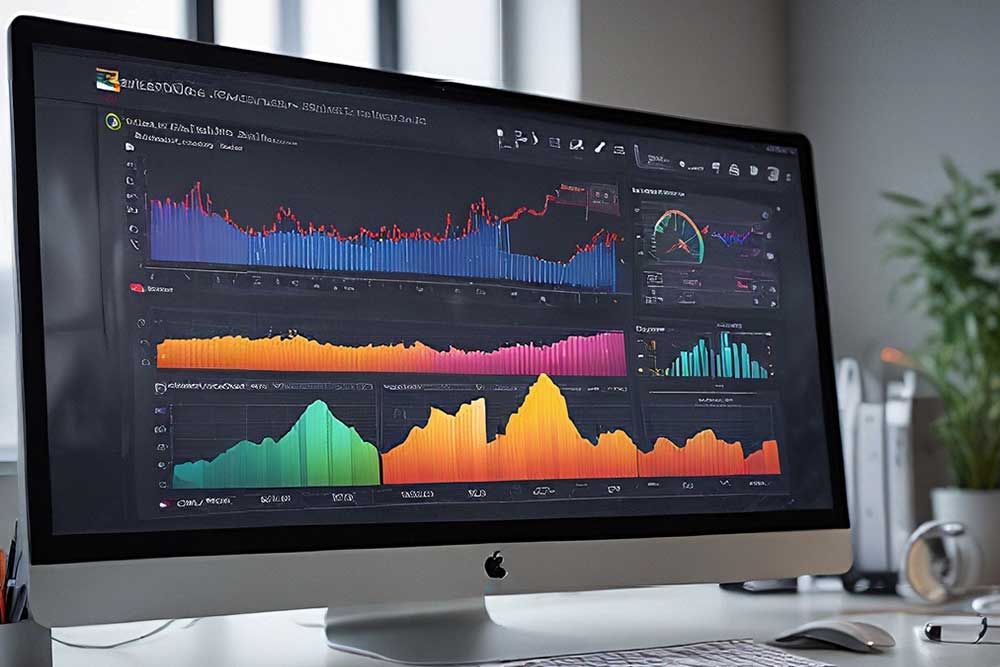Predictive analytics is an advanced form of data analytics that makes use of techniques such as data mining, predictive modeling, and machine learning to make “predictions” about the future based on information about previous trends, events, and outcomes. This advanced analytics can be used to identify ongoing and potential challenges and opportunities for a particular organization, allowing it to make better-informed decisions and gain an unmatched competitive advantage over others in the industry.
Ways to get started with predictive analytics
1. Identify the problem
Before employing tools to help with predictive analytics, one must clearly define the problem statement. This means identifying what the business needs to predict using the AI model. While this may sound simple, many companies often struggle with identifying a strong question.
Once the problem has been identified, it is important to ensure that it meets three key criteria – it has a clear return on investment if answered, it can be answered with the data one has access to, and that it will offer a clear action or next step.
2. Check the available data sets
Next, it’s time to determine whether one has the data sets needed to run the query. These sets must be relevant, complete, and large enough to run an AI model on them.
Generally, companies use both historical and new data when running predictive analytics. Historical data is used to train the model about how to predict the data. Most companies store historical and new data in separate datasets, making it easier to analyze.
When choosing a database to store all of one’s data, one needs to consider two factors – data volume and data scalability.
- Volume: Conventional databases like Oracle, MySQL, and others can manage up to a terabyte of data. Companies with more data may need to rely on more advanced software like Snowflake, BigQuery, etc.
- Scalability: As the company grows, its datasets will also increase. That is why it is essential to find a solution that can be scaled with the organization.
Not all datasets may be compatible with one’s predictive analytics model. Thus, one may need to spend some time connecting the two using an API or porting the data. A significant amount of time will also have to be devoted to cleaning up the data to account for missing values and biases.
3. Establish a process
Once the problem has been identified and the datasets prepared, it’s time to involve others to create a process to act on the findings.
This can be achieved by mobilizing the stakeholders to promote the initiative. It is also a good time to determine who the end users are and identify the issues they may be facing. A wealth of opinions and feedback from different teams and backgrounds will help further refine the results and ensure its success.
4. Run the predictive analytics models
Predictive analytics models employed by companies can broadly be grouped into five categories – Regression Models, Classification Models, Clustering Models, Outlier Models, and Time-Series Models.
Of these, regression and classification models fall under the category of supervised machine learning algorithms. Regression models are used to predict a value, such as the click-through rate of an advertisement, while classification models are used to predict whether certain observations would fall under a specific category or class.
Clustering models, on the other hand, are used to identify patterns in the available data to group similar data points. Time-series algorithms place these data points in relation to time to create relevant forecasts for a specific period, and outlier models are used to identify anomalies in the data.
Based on the question at hand, identify the most suitable model for the business.
5. Close the gap
For the insights from the predictive model to be useful, they need to be contextualized. This can be done by bridging the gap between insights and actions. That means the information needs to be relayed to the right people within the organization, along with the recommended next steps that could be taken.
6. Keep checking in
Data does not remain stagnant. As market and customer behavior and expectations change, the models’ predictions and insights may become redundant. To avoid this from happening, one needs to create a system that allows one to keep checking in at regular intervals to fix bugs and enhance findings. One must also stay updated with the latest news and developments in analytics software to ensure their team has access to the best tools for the job.
Common uses of predictive analytics
While predictive analytics can benefit most businesses, it is commonly used for fraud detection, customer conversion, purchase prediction, risk reduction, operational improvement, maintenance forecasting, and consumer segmentation.
For instance, an outlier model may be used by banks to identify any abnormalities in their data so they can recognize and inspect fraudulent activity quickly. Lending institutions may use these tools to predict how likely a customer is to default on a loan so they can reduce the risk of any losses. The human resources team may also use these tools at a company to gauge employee happiness and attrition and make better-informed decisions about potential hiring and incentives. Retailers can rely on predictive analytics to find out patterns behind customer purchases and buying behaviors, which can be used to chart effective marketing campaigns.
